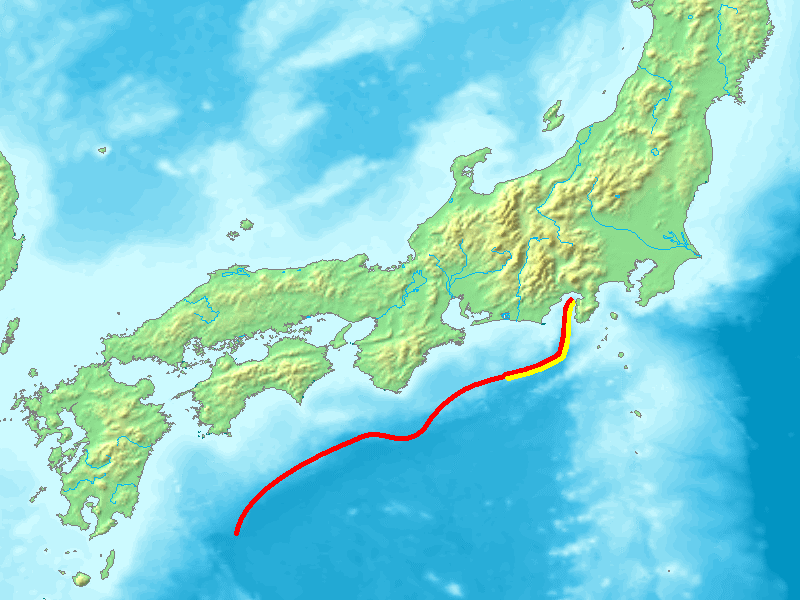A recent study from the Chinese Academy of Sciences (CAS) suggests that there may be something “strange” present deep beneath all our feet, as one of their most recent findings implies the presence of what may be a superionic iron (Fe) alloy, or an iron alloy that’s partway between a solid and a liquid, within Earth’s core.
Published in the journal Nature, this study was the product of a joint effort between professors Heping Li and Yu He from the CAS’s Institute of Geochemistry (IGCAS), and Duck Young Kim and Ho-Kwang Mao from the Center for High-Pressure Science & Technology Advanced Research (HPSTAR).
The study builds upon earlier research by other teams that aim to use seismic waves generated by earthquakes to examine the inner contents of the Earth without having to drill deep below our planet’s surface. That way, scientists can use the detected propagation speed of seismic waves to determine the geological make-up of the rocks beneath our feet, which may include exotic and rare forms of rock and metal.
For this specific study, the research team analyzed simulations of the temperature and pressure conditions deep within the Earth and found that iron alloys deep in its core may exist in a superionic state—a finding that supports earlier studies that suggest that the seismic waves that move through the core move slower than expected had the core been made of solid iron like previously thought.
In superionic iron alloys, lighter elements are allowed to diffuse through the atomic lattice of iron atoms in a liquid-like manner despite the iron atoms actually holding the material in its solid shape. According to the simulations analyzed by the team, these “lighter” elements include candidates like hydrogen (H), oxygen (O), and carbon (C).
“It is quite abnormal. The solidification of iron at the inner core boundary does not change the mobility of these light elements, and the convection of light elements is continuous in the inner core,” said Prof. Yu, who also serves as the study’s first and corresponding author.
“Our results fit well with seismological observations. It is the liquid-like elements that make the inner core soften,” co-first author Shichuan Sun followed, referring to the previously-mentioned theory of Earth’s “softer” inner core.
Of course, much like other studies about environments as extreme and unreachable as the Earth’s inner layers, more research is needed to provide valuable insights into the concept. Additionally, other competing theories are also in place that may challenge the concepts laid down by the research team.
Ultimately, further research into the Earth’s core is bound to provide important findings and clues that will serve to illuminate the other mysteries surrounding our planet’s internals.
References
- Earth’s inner core: A mixture of solid fe and liquid-like light elements—-chinese academy of sciences. (2022, February 10). Newsroom; Chinese Academy of Sciences. https://english.cas.cn/head/202201/t20220130_300500.shtml
- He, Y., Sun, S., Kim, D. Y., Jang, B. G., Li, H., & Mao, H. (2022). Superionic iron alloys and their seismic velocities in Earth’s inner core. Nature, 602(7896), 258–262. https://doi.org/10.1038/s41586-021-04361-x
- Irving, M. (2022, February 11). Earth’s inner core is a strange superionic iron alloy, study suggests. New Atlas. https://newatlas.com/science/earth-inner-core-superionic-iron-alloy/











